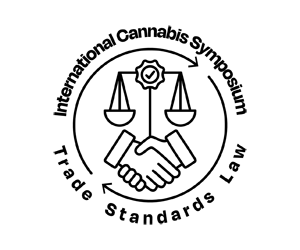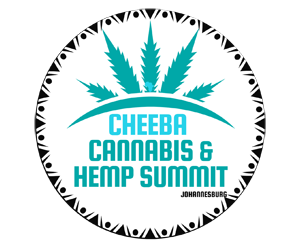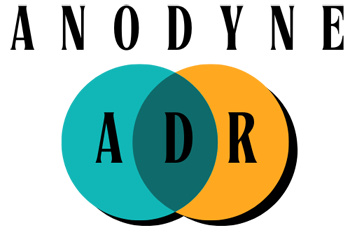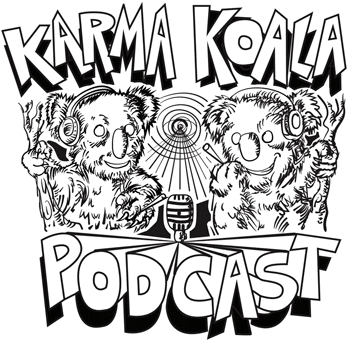Paulo Lacerda Sobral -CEO of Lolli Soda has just published this update to Linked in
Obviously it is from an industry perspective so is to be read with that in mind
Just three years ago, we were limited to dispensaries for selling THC drinks. This channel was not optimized for sessionable liquid beverages for various reasons:
- High COGS due to limited manufacturing and distribution partners and packaging regulations
- Unsuitable back and front room storage for large volumes of bulky beverages
- Lack of refrigeration initially, or locked refrigerators due to regulations/theft concerns
- Brands chasing potency/price paradigm rather than building a brand positioned themselves as commodities (liquid THC supplements as I call them)
Unfortunately, many retailers hastily concluded that beverages weren’t meeting consumer needs.
Everything changed in 2022 when Minnesota legalized hemp THC in edible form at 10 milligrams per container. Protected from state-level penalties, the three-tier system quickly embraced the category. Consumers followed suit, helping brands capture impressive market share simply by making their products available where people already shop for drinks.
While the liquor channel has seen the most adoption, with on-premise and grocery slowly gaining ground, convenience stores haven’t seen significant penetration. This is despite c-stores being the ideal environment for people seeking fast-acting, effect-based liquid refreshment. To truly serve cannabis consumers, we must find a way to enter this channel together.
When will Cannabis Beverages no longer be a niche? (Answer is Obvious Now)
I was asked this exact question in late 2021, when I was still limited to dispensaries as my only sales channel. (14:33 on the below video)
Here’s what I know – Gas is just a front to get people to walk into the c-store and buy higher margin products. Data shows that when beverage sales decline, c-store traffic sees a mirroring effect. With more people moving to EV’s and far fewer people smoking tobacco, beverage consumption is not declining amongst thirsty mammals.
In the case of carbonated soft drinks (CSD), consumers are buying more budget options in the current economy. A cannabis infused CSD aims to take share from value CSDs and other alternatives that might not exist in the c-store today, and gives C-stores a competitive advantage over quickserve fast casual dining that might not embrace this new vice.
Circana’s data shows total CPG dollar sales in convenience stores fell 0.6% in 2024, with unit sales dropping 3.7%, mirroring beer’s declines (down 1.1% in dollars, 3.7% in volume).
With the infrastructure in place, the local c-store is the best place to get a cold drink that gets you high on the go.
The Stigma Around Convenience
Anyone in the cannabis industry has heard THC products at convenience stores dismissed as “gas station weed.” Some purists consider it sacrilegious to sell medicine at establishments that sell fuel, condoms, and cigarettes.
However, these are beverages. The most recognizable, established brands build tremendous volume and brand equity through the convenience channel. On a hot day during a road trip, most of us will stop at a convenience store to buy refreshing drinks without hesitation. We choose these stores primarily for their location, and we trust the familiar brands in their coolers. When faced with unfamiliar products and unknown brands, customers are far more likely to leave empty-handed.
This is why trusted chains that have already earned consumer trust can build the category with well-branded, quality-tested beverages. Just as Total Wine & More helped ease anxiety among independent and regional retailers, a few large chains can facilitate sales for the category. There are approximately 150,000 c-stores nationwide, and over 60% of them aren’t chains.
Convenience stores exist because of their name, you can find them everywhere, and they stock every impulse or immediate-need item imaginable, including over-the-counter aspirin, sleep aids, and antihistamines. All products are properly labeled and age-gated, and most people don’t think twice before seeking aid at a c-store.
People typically buy drinks as add-on items where they already shop. Forcing consumers to drive miles out of their way to a dispensary (which focuses on high-dose products) or a liquor store (which emphasizes multi-packs and large glass formats) significantly limits the potential of many THC beverage brands.
One day, people won’t think twice about getting a THC beverage at a c-store. We just need the first few trailblazers to step up.




















